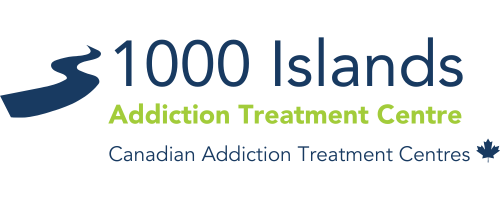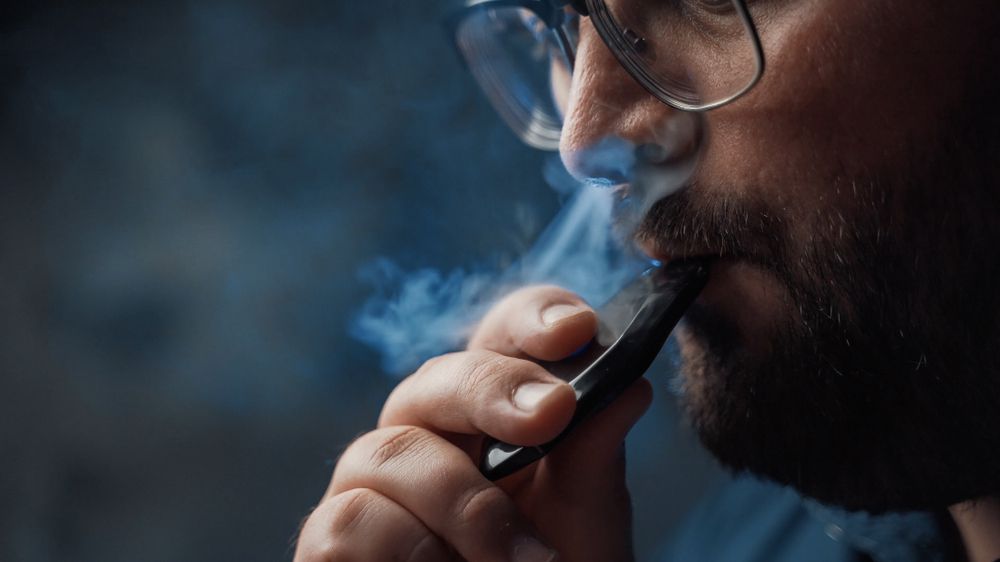
Quitting Inhalant Addiction Safely:
Usually, when you hear someone talking about addictions, you’re probably not going to start thinking of inhalants, much less, quitting inhalant addiction. Your mind is much more likely to go in other directions. After all, there’s cocaine, marijuana, and even non-drug-related addictions.
But, somehow, inhalant addiction is real. It converts what should be a perfectly normal/regular item into an alternative source of high and sends its user to “mars”.
Despite its inherent disadvantages, addicts cannot stop using it just by saying so. This form of addiction may have been a rare phenomenon in the past. However, today, it’s more common than you’d think.
With more and more people getting addicted to inhalants, it’s important to go through addiction treatment. That’s why we’ll be focusing on this relatively new form of addiction. More importantly, we’ll be walking you through how you can go about quitting inhalant addiction safely.
What is Inhalant Addiction?
Before you even start thinking about quitting inhalant addiction, it is essential for you to at least understand what the condition is.
Inhalants aren’t exactly drugs in themselves. In fact, an inhalant is a common industrial and/or household chemical with volatile or pressurized gases. More often than not, its producers have no other intention except the primary, non-drug-related reason it was created.
However, some people pressurize the vapours in these chemicals. Afterwards, they inhale them through the mouth or the nose to get high. Inhalants come in different forms, and they fall into different categories. A few include:
- Solvents
- Gases
- Nitrites
- Aerosols
Regardless of the type of inhalant a person experiments with, the truth is that this type of “makeshift drug” is still pretty addictive. So much so that users may need to go to an inhalant addiction recovery centre if they’re to get better.
How to Stop Inhalant Addiction Safely
Without beating around the bush too much, we can confidently say that you need inhalant addiction treatment to quit this substance safely. This is because quitting inhalant addiction, like any other form of addiction, isn’t particularly easy. The difficulty in the inhalant addiction recovery process lies in the withdrawal symptoms that come with the condition.
These symptoms vary in severity based on several things, including the level of addiction. However, they are still very much existent. For that reason, it’s not particularly smart to go into the “battle” half baked. In the best-case scenario, you’ll just quit and go back to sniffing inhalants. In the worst-case scenario, you’ll cause some major damage to your health.
So, if you hope to get over this problem, you need to sign up for a recovery program. They come at different costs and last for varying amounts of time. However, the end goal is the same, and it’s to help you get out of that addiction.
Now, it doesn’t mean that those who go solo cannot achieve anything. With enough support from a loved one and a reasonable amount of determination, everything is possible. However, those who get professional help are much more likely to remain clean even after they’ve gone past the first few weeks/days of recovery.
Types of Inhalant Addiction Recovery Programs
There are different kinds of recovery programs. Each of them is designed specifically to cater to the specific needs of individuals. They are:
Teen Programs
As implied in the name, these kinds of programs are mostly for teenagers and adolescents. This type of program often uses detoxification, recreational activities and counselling to get things done.
The best part is that it works around the teen’s academic life. As such that they don’t have to stop attending school in the process of quitting inhalant addiction.
Inpatient Recovery Programs
This kind of program for quitting inhalant addiction is slightly different. It offers round-the-clock treatment for people who are suffering through inhalant addiction.
Addiction treatment professionals usually reserve it for those who have the most severe addiction conditions. So, unlike teen programs, it doesn’t provide the flexibility of school attendance.
But, the end goal remains to help the patient get through the addiction. Experts achieve this through medical supervision, therapy, and management of withdrawal symptoms.
Outpatient Recovery Programs
This is the direct opposite of number two above. In this approach to quitting inhalant addiction, this program allows its patients to come in as they please. Of course, the sessions are the function of the schedule. But, it isn’t quite as “intense” as the inpatient recovery program.
This type of program is perfect if you’ve only just begun your experiment with inhalants. It’s especially great for those looking to quit before it gets really bad.
Counselling Programs
Experts can organize counselling programs for groups or create them specifically for individuals. With the former, you’ll have to receive counselling alongside other people who have a similar condition.
With the latter, you’ll be meeting your therapist one-on-one. While group counselling offers the support advantage, individual counselling helps your therapist to spot your problems better.
12-Step Programs
This particular option approaches quitting inhalant addiction through social support with the self-help philosophy. It often involves a group of people sharing behavioural, spiritual, and cognitive methods of recovery. By providing potential solutions to other people suffering from inhalant addiction, they can help themselves out of it.
Dual-Diagnosis Programs
Addiction often comes along with some form of mental health issue or the other. However, it doesn’t neglect the substance abuse issue either. It balances both to create a perfectly healthy individual.
Related article: What To Expect During Inhalant Withdrawal And Detox
How to Choose a Program for Safe Inhalant Addiction Treatment
Here are a few questions you should ask before you decide on a program to sign up for.
- Will you be able to use a cellphone or computer during the process? This is particularly important if you need to keep up with a remote job or something of that sort.
- Will the recovery program be able to cater to any special dietary patterns you might have?
- How strict is the program about having visitors?
- Do they have national accreditation?
- Does the facility have essential amenities that will make living comfortable? This is specifically for inpatient recovery programs.
- What is their treatment philosophy?
- How qualified are their staff?
- What is the distance from your place of residence?
These questions will help you determine whether the program is the right fit for you or your loved one. Your selection should be the result of a proper evaluation of the answers to these questions.
What You Can do To Aid the Inhalant Addiction Recovery Process
Quitting inhalant addiction requires a bit more than just the effort of your professional treatment personnel. You also need to apply effort, especially if you want to quit healthily and stay clean. So, here’s what you need to do:
Remain committed to your treatment programs
The inpatient addiction recovery program basically keeps you under “lock and key.” So, there’s not much of a chance that you’ll be able to get out of it and fade into a lack of commitment. However, if you aren’t going for an inpatient program, the chances are that you’ll want to skip a few sessions. Don’t do it!
No matter what your excuse is, don’t skip your sessions. At the very least, try to reschedule. It may be difficult, but it’s necessary. In this regard, we’ll suggest that you get an accountability partner.
Identify and stay away from your triggers
This is something that your treatment personnel should help you do. However, even if you’ve not quite gotten to that stage yet, try to do it yourself. Essentially, figure out those things that make you go back to sniffing the chemicals.
Is it your friends that tempt you to go in that direction? Does it happen when you’re stressed? Do you get the temptation to do it when you’re out partying? Find out what it is and then ensure you stay away from it.
Confront the reasons behind your inhalation habits
Why do you choose to bury your nose in aerosol? Why do you think it’s good to spray these things in your face just to get high? There has to be a reason behind it.
Are you trying to avoid some sort of emotional problem? Do you do it because you need a means to relax?
As much as your therapist helps you figure it out, take a step further and confront them yourself. That’s the only sure path to growth and freedom.
The Benefits of Quitting Inhalant Addiction
- You’ll reduce the chances of health risks such as impaired depth perception, memory loss, headaches, brain damage, etc.
- You’ll be able to focus better.
- You can improve on damaged relationships as a result of the addiction.
In Conclusion
This article provides a guide to inhalant abuse treatment. Basically, it aims to help support you through the process of quitting inhalant addiction. However, it’s not just enough for you to read it. Doing that will be the equivalent of checking out workout routines to lose weight without actually following them.
That’s why you have to check out our addiction recovery services for inhalant addiction. Here at 1000 Islands Addiction Rehab & Treatment Centre, our primary aim is to help you transcend this rocky stage and become an addiction-free individual. With our experience and expertise, we can design a custom inhalant addiction treatment for you. Contact us today.
Related article: Inhalant Addiction: The Signs You Need Help






